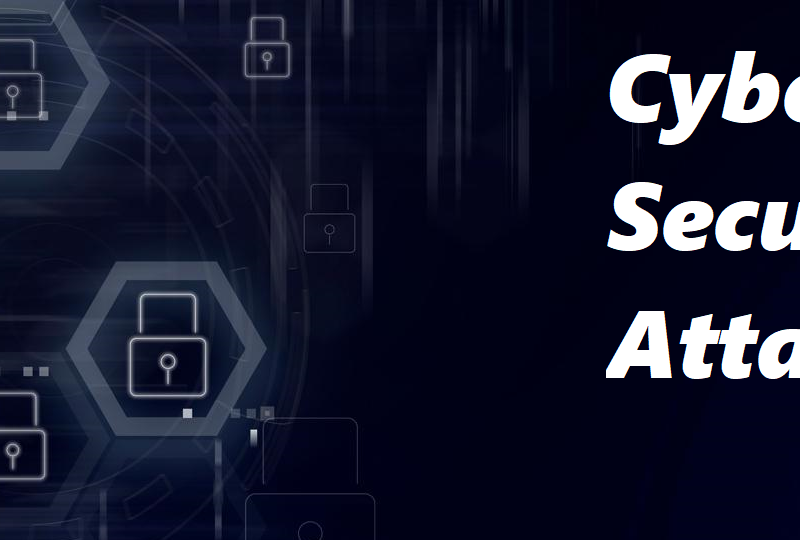Cloud security is a critical concern for organizations that rely on cloud computing services to store and manage their data and applications. The cloud offers many benefits, such as scalability, cost-effectiveness, and flexibility, but it also comes with unique security challenges that must be addressed to ensure the protection of sensitive information.
Here are some best practices for securing your cloud environment:
- Use a multi-factor authentication (MFA) for all users: This will ensure that even if a password is stolen, an attacker will still need a second form of authentication to access the cloud environment.
- Implement encryption: Encrypting sensitive data at rest and in transit is an important step in protecting it from prying eyes.
- Control access: Make sure that only authorized users have access to your cloud environment and that their access is limited to only the resources they need to do their job.
- Regularly monitor and audit: Regularly monitoring and auditing your cloud environment will help you identify and respond to security incidents quickly.
- Use a cloud access security broker (CASB): A CASB is a security solution that sits between your cloud environment and your users and provides an additional layer of security.
- Follow best practices for cloud security: Familiarize yourself with the best practices for cloud security, such as the Center for Internet Security (CIS) Cloud Security Top 20.
- Use a centralized security management console: centralize security management to reduce complexity and ensure that all security measures are in place.
- Use a Cloud Security Posture Management (CSPM) tool: CSPM tools can automatically detect and remediate misconfigurations and vulnerabilities in your cloud environment.
- Regularly conduct security assessments: Regularly conduct security assessments of your cloud environment to identify and address vulnerabilities.
By following these best practices, you can help ensure that your cloud environment is secure and that your sensitive information is protected. Remember that security is an ongoing process and requires continuous monitoring and updating.
In summary, securing your cloud environment is critical for protecting sensitive information. Multi-factor authentication, encryption, controlling access, monitoring and auditing, using a CASB, following best practices, centralizing security management, using a CSPM tool and conducting regular security assessments are some of the best practices that can help ensure the security of your cloud environment.





